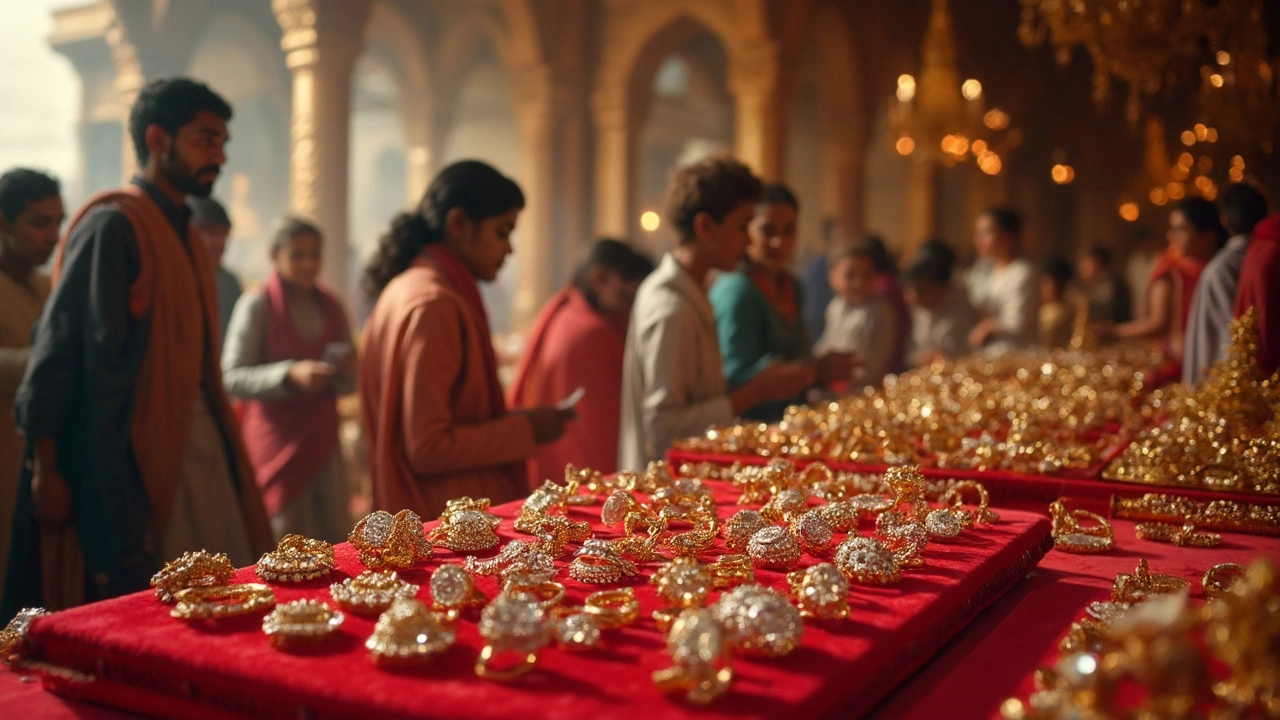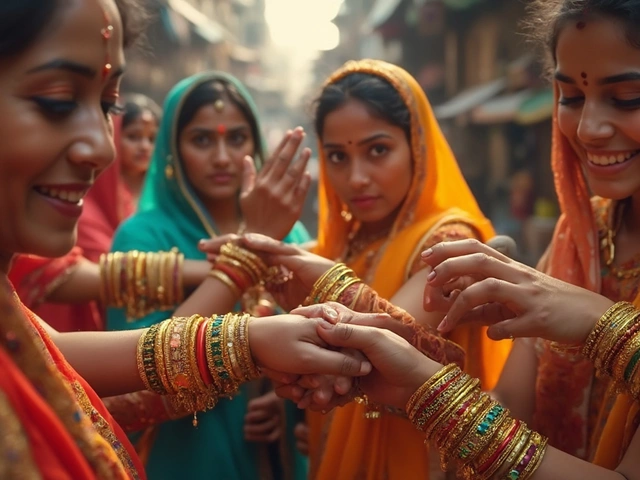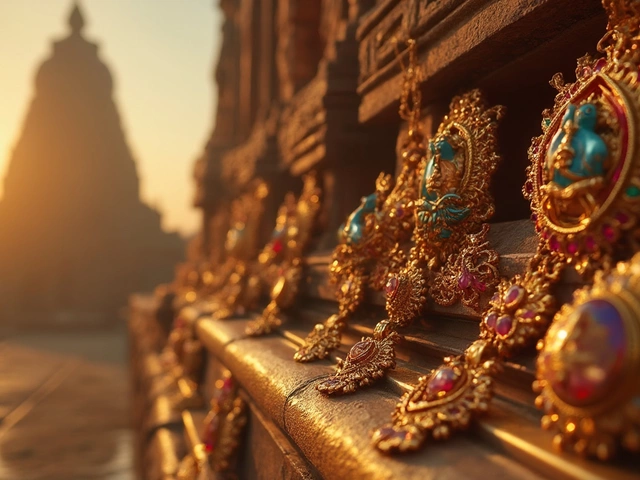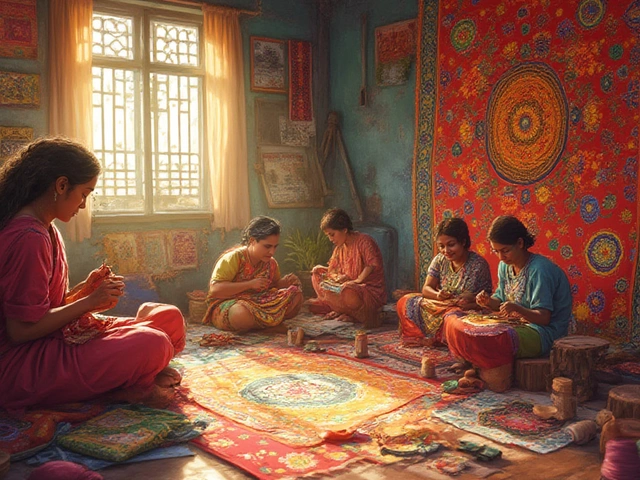Most shoppers hit a wall picking “the best” diamonds because there’s a lot of hype and half-truths floating around. You hear about South African brilliance, Russian sparkle, Canadian ethics—so, which country actually offers the best diamonds if you want a stunning ring in India?
First thing to know: a diamond’s origin can impact things like availability, price, and sometimes peace of mind. But it’s not the only thing. What really counts is how that diamond looks and holds up on your finger—cut, clarity, color, and carat matter way more than the passport that came with the stone.
Still, some countries do have a reputation. South Africa gets all the limelight because of those legendary big finds (seriously, the Cullinan diamond was massive enough to cut several royal jewels). Botswana is newer on the scene but has become a favorite for combining good size with solid ethics. Canada? It’s all about conflict-free bragging rights and strict environmental rules. Russia is a giant too, mainly for sheer numbers and those sparkling, consistently white stones from its Siberian mines.
- Why Country of Origin Matters
- The Big Names: South Africa, Botswana, Russia, and Canada
- Are Indian Diamonds Different?
- Quality Vs. Country: What Really Matters
- Smart Buying Tips for Indian Shoppers
Why Country of Origin Matters
Most people think a diamond’s country is just a tag, but it actually matters for a few solid reasons—price, quality, ethics, and bragging rights all get roped in. Some buyers want the story behind the stone. Others care about where it’s mined because they don’t want anything to do with conflict or environmental harm.
Let’s break it down. Countries use different mining techniques, so stones might end up different in size, color, or even ethical standards. For example, Canadian diamonds show up with microscopic laser inscriptions—proof you’re getting a conflict-free stone with strict environmental rules. Botswana’s government actually owns a cut of the diamond business, so the cash helps build schools and hospitals. Russian diamonds from places like Yakutia are graded by their own strict local labs, which sometimes gives them a price edge in the global market.
Here’s a quick look at what sets the top diamond-producing countries apart:
| Country | Main Strength | Key Fact |
|---|---|---|
| South Africa | Large, high-quality stones | Famous for the Cullinan diamond (3,106 carats rough) |
| Botswana | Ethical mining, consistent quality | World's top diamond producer by value as of 2024 |
| Russia | High volume, white stones | Produces over 30% of global diamonds by volume |
| Canada | Conflict-free and environmental standards | Each diamond traceable from mine to market |
That said, most jewellers in India focus mainly on the *quality* of the stone rather than its birthplace. But if you want an extra layer of assurance—or a cool story—you might care about this detail. Here's when country of origin really matters:
- You want a 100% conflict-free diamond;
- You care about environmental standards;
- You like the “origin story” to tell friends and family;
- You want top resale value—some certificates spell out origin, which helps.
If you’re shopping for a ring, just remember: the tag matters, but only up to a point. Always double-check the certificate details, especially if the country matters for your personal reasons.
The main thing? Don’t skip the basics. Focus on the diamond origins if it’s big on your checklist, but never ignore cut and clarity—because that’s what gives your ring its fire.
The Big Names: South Africa, Botswana, Russia, and Canada
When you look at the world’s top diamond sources, four countries really stand out: South Africa, Botswana, Russia, and Canada. Each has its own reputation, and buyers often ask which one’s best for diamond rings India shoppers. Here’s what’s actually happening in each country’s diamond scene.
South Africa is often seen as the “birthplace” of the diamond rush. Famous mines like Kimberley and Cullinan have produced some of the largest and most valuable gems in history. Today, South Africa’s stones are prized for their sizes and classic white colors, but the total volume has dropped as older mines slow down. Still, for those who care about heritage, South African diamonds hold plenty of appeal.
Botswana is a big deal, especially for ring buyers who care about ethics. The country’s Jwaneng mine, run with De Beers, is said to be the world’s richest diamond mine by value. Botswana’s stones are consistent, eye-clean, and help support national development. If you want a diamond with a backstory that feels good, Botswana’s a solid choice.
Russia is about numbers. Russian mines, mostly in Siberia, supply about a third of the world’s diamonds by volume. The stones are typically high clarity and known for their icy white look. Russian diamonds became more popular in India as their distribution ramped up over the last decade. The big operator, Alrosa, focuses on strict grading, so consistency is a plus.
Canada is younger on the scene, but it’s already famous for “conflict-free” diamonds. Major mines like Diavik and Ekati are in the icy north, mined under tough environmental rules. Canadian stones come with traceable paperwork, a big selling point if you want peace of mind or care about the environment. The majority are round or princess cut, which works well for modern tastes.
| Country | Main Mines | Key Features | Annual Diamond Output (Carats) |
|---|---|---|---|
| South Africa | Kimberley, Cullinan | Big sizes, classic color, historic value | ~7.2 million |
| Botswana | Jwaneng, Orapa | Ethical, consistent quality, good for larger stones | ~23.2 million |
| Russia | Mir, Udachny, Jubilee | High clarity, icy white, large volumes | ~19.5 million |
| Canada | Diavik, Ekati, Gahcho Kué | Conflict-free, traceable, strict mining rules | ~17.6 million |
So, which one is truly “the best”? It depends on what matters the most to you—size, sparkle, history, or how the diamond was sourced. But these countries make up the short list for serious buyers who want trustworthy, visually impressive stones.
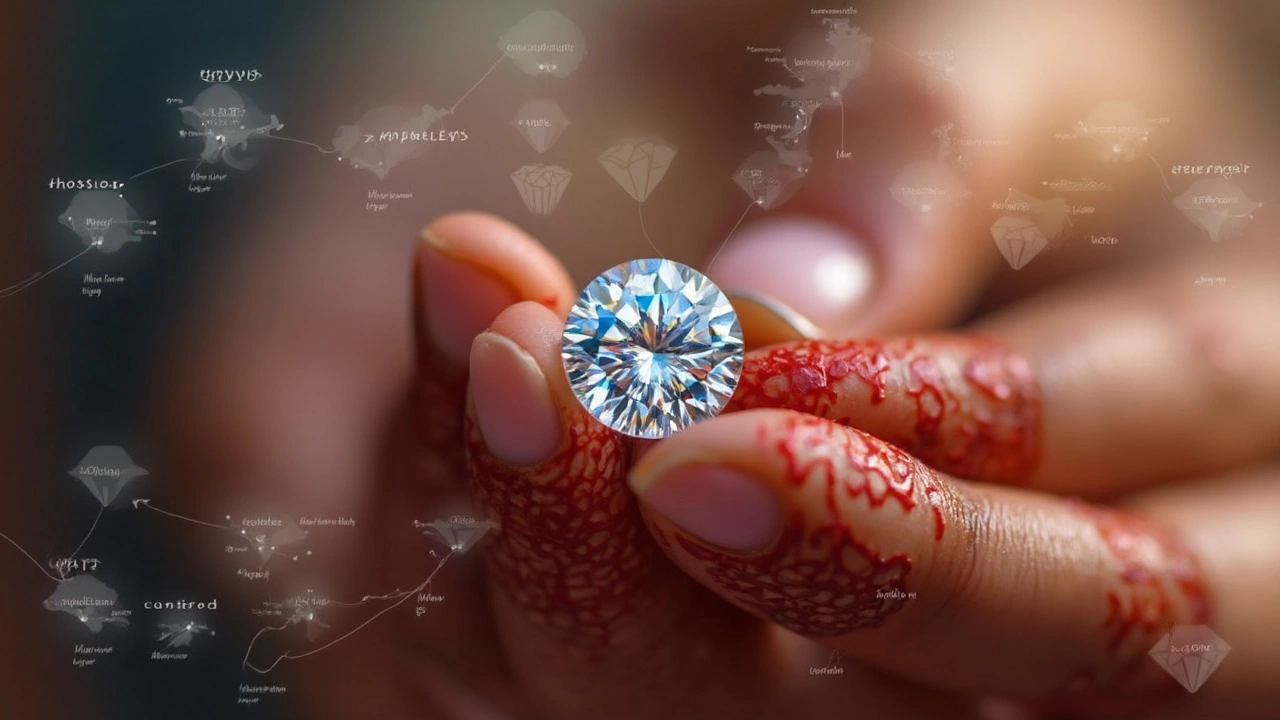
Are Indian Diamonds Different?
When people talk about diamonds in India, most think of cutting and polishing, not mining. India used to be the world’s main source of diamonds centuries ago—some of those legendary stones (like the Koh-i-Noor) came out of Indian soil. But today, India isn’t a big player in diamond mining. Instead, India dominates when it comes to turning rough, raw stones into sparkling beauties.
Here’s something wild: More than 90% of the world’s diamonds pass through Indian hands for cutting and polishing. Surat, in Gujarat, is basically the beating heart of this business—it’s where tiny, skilled hands craft rough gems into rings, earrings, and necklaces. The tech, the experience, and the sheer scale make Surat the global workshop for diamonds.
| Country | Role in Diamond Industry | 2024 Global Share (%) |
|---|---|---|
| India | Cutting/Polishing | 90+ |
| Botswana | Mining | 17 |
| Russia | Mining | 30 |
| Canada | Mining | 13 |
| South Africa | Mining | 9 |
Wondering if Indian diamonds look or feel different? The answer depends more on skill than geography. India handles everything from tiny, super-affordable stones to those rare, high-value pieces you see in luxury brands. A diamond you buy in India might be from Russia, Botswana, or Canada—but it’s been shaped by some of the world’s most skilled workers.
If you’re shopping for a diamond ring in India, you’ll notice there’s something for every budget. From small but sparkly pieces perfect for daily wear up to show-stopper solitaires, the range is massive. One real advantage: Indian workshops can customize stones for size or budget quicker and more flexibly than most places. You can often request a particular cut or setting and get it fast.
- Look for a certificate (like GIA, IGI, or HRD) to know exactly what you’re getting.
- Ask your jeweller where the diamond was mined and where it was cut—most will tell you straight up.
- If buy local, you might pay less because India is a global hub, making prices more competitive.
Bottom line? Whether you buy a Russian stone or Canadian, the diamond rings India market puts a huge focus on craftsmanship. You’re likely buying a world-travelled stone, polished to shine right here before it lands on your hand.
Quality Vs. Country: What Really Matters
Here’s where most people get confused: the country your diamond comes from isn’t nearly as important as its core quality. When you’re buying a diamond ring, you should focus on the things that actually make a difference in how the stone looks and how much it’s worth.
The global diamond industry sorts diamonds by the famous 4Cs—cut, clarity, color, and carat. This is true whether a diamond came out of the ground in Russia, South Africa, Botswana, or Canada. No grading lab puts extra points on your certificate just because a gem is from a certain country.
For example, you might find a flawless diamond from Russia and an average-looking one from Botswana, or vice versa. The best-known diamond-producing countries all ship their rough stones around the world, often to the same Indian factories for cutting and polishing. In fact, Surat in Gujarat handles roughly 90% of global diamond cutting—so the magic usually happens here in India, not in the original mine.
- Diamond origins don’t guarantee top quality, but proper grading by GIA or IGI does.
- If you’re worried about ethical sourcing, then Canadian and Botswana stones are a safe bet. But quality depends on the stone itself, not just where it’s from.
- Most people can’t spot a diamond’s origin with the naked eye. A perfectly cut diamond from South Africa will shine as much as a Canadian one if both have similar grades.
Here’s a quick comparison of how much country impacts real purchase decisions versus quality factors:
| Factor | Impact on Appearance | Impact on Price | Impact on Value |
|---|---|---|---|
| Cut | Very high | High | High |
| Clarity | Medium to high | Medium | Medium |
| Color | Medium to high | Medium | Medium |
| Carat Weight | High | Very high | High |
| Country of Origin | Low | Low to medium | Low |
Here’s a tip: Always ask to see the diamond grading report. If it’s from an international lab like GIA, IGI, or HRD, you’re safe. Focus on the sparkle and the way the diamond looks in real light. Don’t let anyone sell you on a country name alone. It’s the quality that makes a diamond worth showing off.
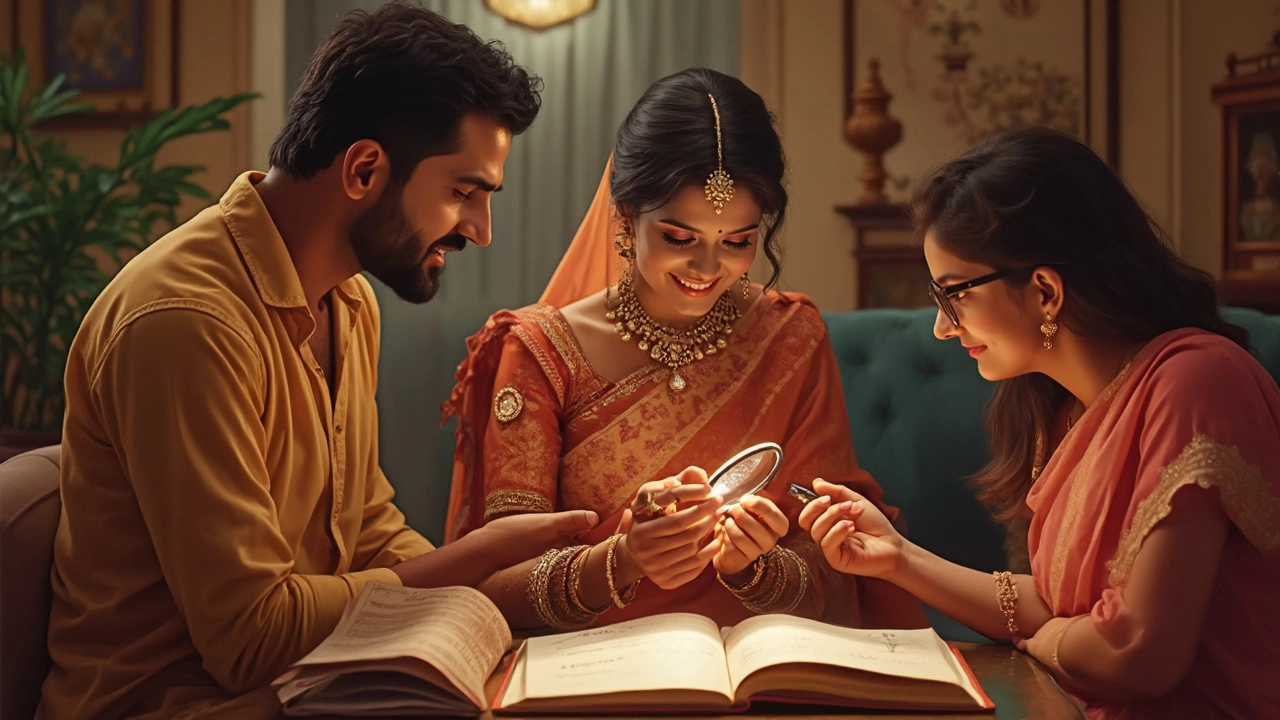
Smart Buying Tips for Indian Shoppers
Shopping for a diamond ring in India? Don’t fall for just country labels. The smartest buyers make the cut by checking specs, asking the right questions, and thinking beyond brand hype. Here are real-world tips you can trust.
- Check the 4Cs, every single time. That’s cut, color, clarity, carat. These are universal. You might find certified South African diamonds in Mumbai that look dull because the cut is off, while an Indian-polished Russian diamond could outshine them if graded better. Never skip the certificate—always go for a trusted one like GIA or IGI.
- Forget the “country war.” India imports rough diamonds from all over but processes about 14 out of every 15 diamonds in the world, especially in Surat. What matters most is grading and certification, not whether your diamond came from Canada or Botswana.
- If you care about optics and budget, know that eye-clean SI1 or SI2 clarity can look flawless to the naked eye for way less money than VVS stones. Focus on cut grade for the best sparkle—an ‘Excellent’ or ‘Ideal’ cut always stands out.
- Consider resale value and demand patterns. In India, round brilliants and higher-carat stones tend to fetch better resale prices, though trends change fast.
- Avoid stones without a certification—even if the seller seems reputable. Random certificates can be fake. Stick to well-known labs, especially when making a big purchase.
Here’s how diamonds from different countries stack up on average in the Indian market:
| Country | Popular Traits | Common Concerns |
|---|---|---|
| South Africa | Large size, good color | Usually more expensive |
| Botswana | Ethically mined, modern cuts | Availability limited to top retailers |
| Russia | Consistency, white color | Recent sanctions impact supply |
| Canada | Conflict-free, eco standards | Higher prices, limited stock |
| India (polishing hub) | Finest cuts, cost-effective | Rough stones always imported |
One final bit of expert advice, straight from a GIA-certified gemologist in Mumbai:
“I always tell my clients: don’t stress about where a diamond came from. Focus on how it looks and how it’s graded. In India, you’ll find world-class stones no matter their original country if you pay attention to the details.”
So, when it comes to diamond rings India buyers can really win by shopping smart and looking past the hype—those are the real gems.
